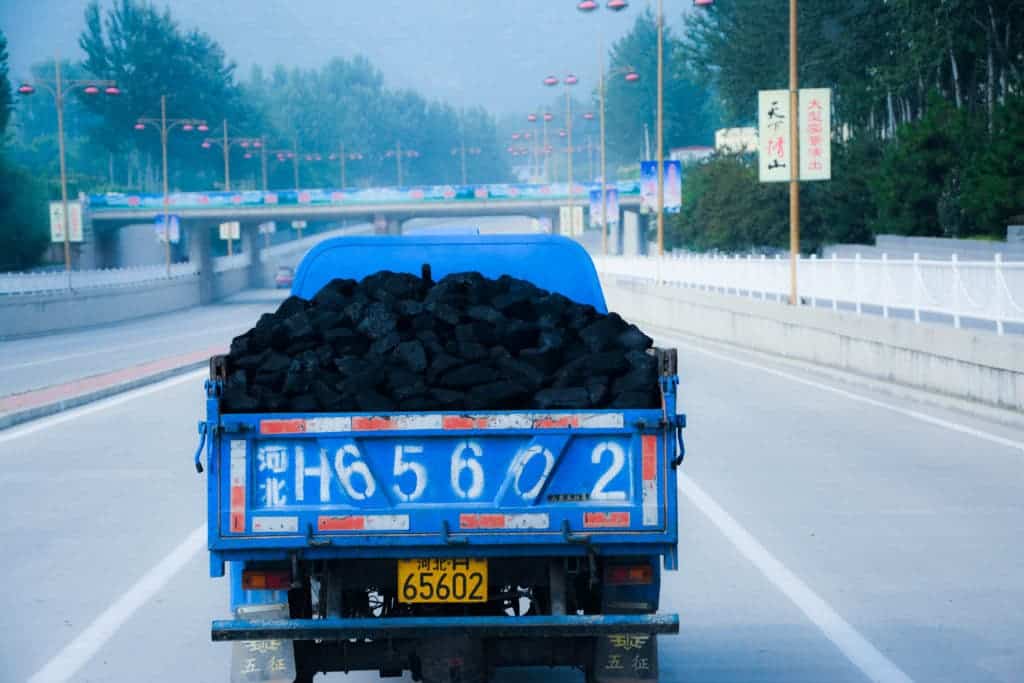The need for more ambition on climate action was once more highlighted following a new report on China’s greenhouse gas emissions. The country’s emissions reached 12.3 billion tons in 2014 – a 53.5% increase in just a decade.

The figures were part of a report filed to the United Nations by China, as part of its obligation to regularly report an official inventory. The country, the largest greenhouse gas emitter, had previously released figures for 2005 and 2010.
The report includes emissions of greenhouse gases such as carbon dioxide, but doesn’t consider changes in land use. If they would have also been considered, emissions would have reached 11.186 billion tons, a 17 percent increase.
China has committed under the Paris Agreement to stem emissions and increase its forest stock by 4.5 billion cubic meters by 2030, along with reducing its carbon intensity between 60 and 65 percent in the same timeline, according to Climate Action Tracker (CAT).
The country is on track to meet or overachieve its contribution, according to CAT. But China’s efforts are still considered insufficient to limit global warming to below 2 degrees Celsius, as required under the Paris Agreement.
China has recently taken a more active role in tackling global emissions, especially after decision of the United States to exit the Paris Deal — which China ratified in 2016. The government has taken concrete steps to lower its emissions and has said it will file a new and more ambitious contribution.
China’s economic growth has mainly been powered by coal, which accounted for about 70% of the country’s energy consumption between 1985 and 2016. Burning coal comes at an environmental cost, as it produces twice the amount of CO2 as other fossil fuels.
But while it’s the world’s largest consumer of coal, China is also the largest solar technology manufacturer. This means that the choice China makes over which technology to explore further in the future will have an effect on the world’s ability to limit global warming.
China has already taken steps to reduce its carbon footprint. It introduced an action plan for steel production to meet “ultra-low emission” standards by 2020, it increased the use of natural gas instead of coal and established limits on fuel consumption for new vehicles.
Nevertheless, the country’s aim for a larger economic growth means lowering emissions will be challenging. A study published in Nature Geoscience last year said China’s emissions have rebounded, in line with a larger energy consumption and record production in carbon intensive sectors.


